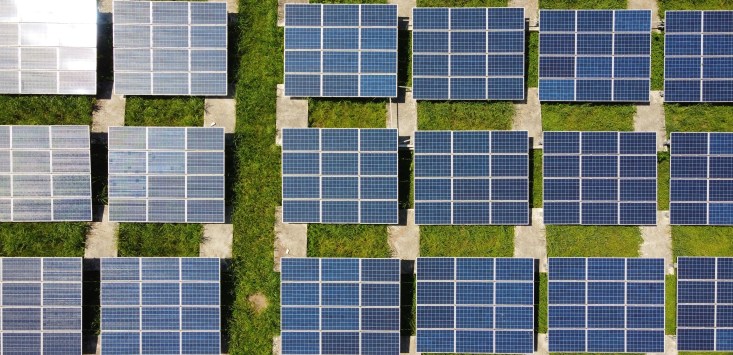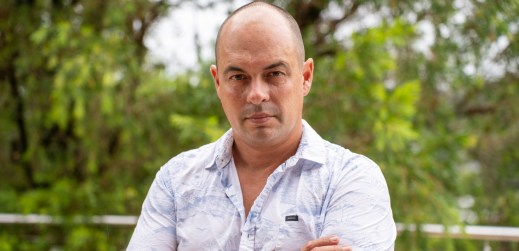
Source: Unsplash/Anders J
Alan Finkel explains the carrot and stick approach for a zero-emissions energy system
The world is undertaking the most difficult energy and economic transition since the start of agriculture – the enormous technological challenge to build the reliable, affordable, zero-emissions energy system of the future.
Government interventions are essential to realising this transition. In Australia, the United States and many other countries, governments have provided incentives and implemented mandates for solar, wind and other zero-emissions technologies. Despite the enormous success these public investments have stimulated, much more needs to be done to drive the rapid electrification required to reach net-zero emissions.
Ultimately, the scale of required investment is much greater than what can be achieved by government alone. Fossil-fuel markets worked because they brought tremendous convenience to consumers. We need clean energy markets to work similarly well. Governments can nurture the growth of well-functioning markets by putting the right regulatory settings in place. They can stimulate demand for clean energy through subsidies, mandates, direct investment and carbon prices. Systematically building demand will attract investors and minimise supply-chain disruptions.
Government interventions can generally be divided into ‘carrots’ – incentives such as subsidies – and ‘sticks’ – constraints such as carbon taxes and emissions trading schemes.


